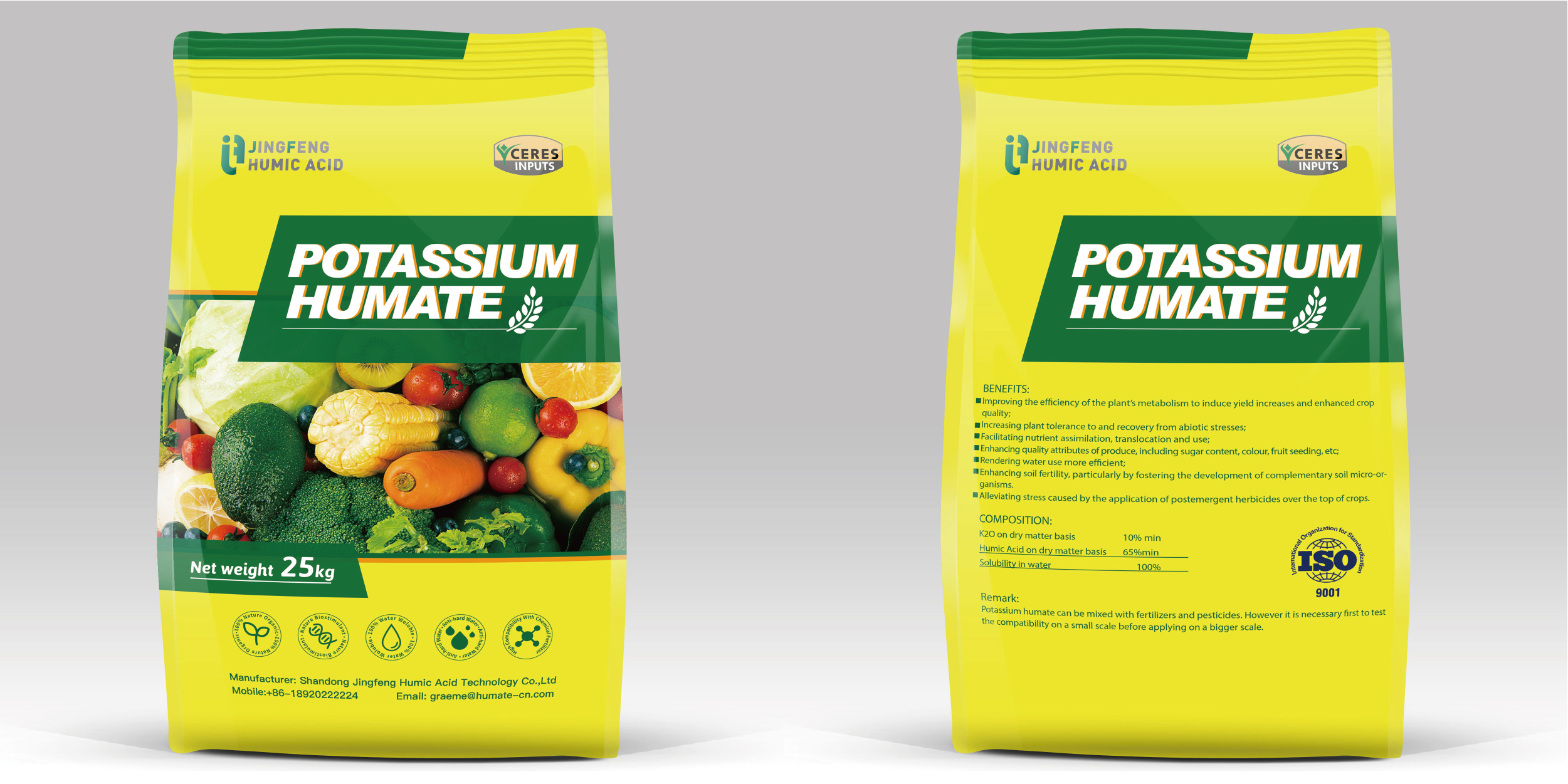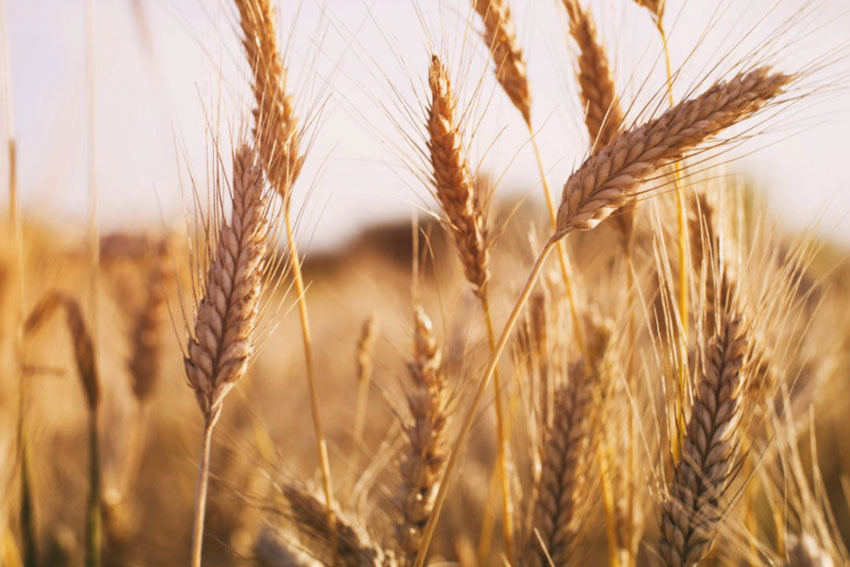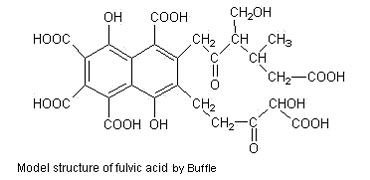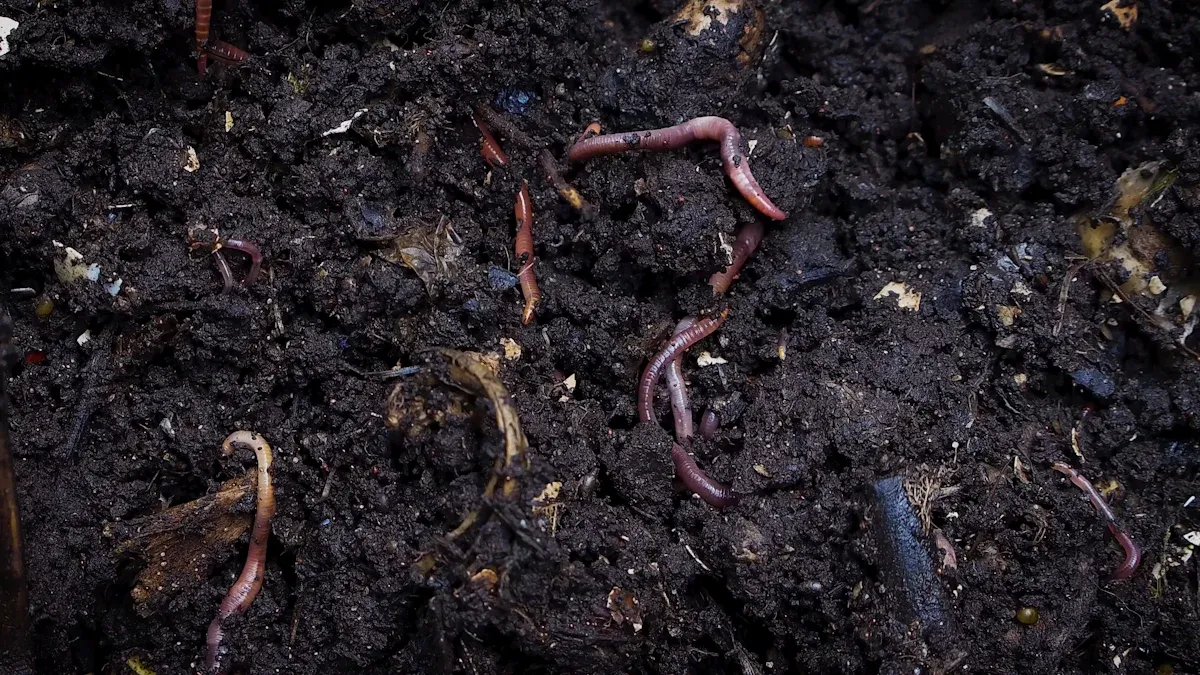
Choosing the right humic acid and humate products can improve farming. These products help make soil better and plants healthier. For example:
- Humic acid helps plants get nutrients, especially in sandy soil.
- It makes roots grow bigger, like natural plant hormones do.
- It helps soil hold nutrients better, making them easier for plants to use.
Picking the right products can lead to stronger soil, better plants, and long-term farming success.
Key Takeaways
- Know your soil type before picking humic acid products. This helps you choose the best one for nutrient absorption.
- Apply humic acid early in the season. It boosts roots and helps plants take in nutrients.
- Make sure it works with fertilizers and pesticides. Humic acid can make them work better and save money.
- Think about weather like heat and rain. These change how humic acid works, so adjust when you use it.
- Test your soil and crops often to check their health. This helps you decide when and how to use the products.
Overview of Humic Acid and Humate Products
What Are Humic Acid and Humate Products?
Humic acid and humate products come from broken-down plants and animals. They are natural and help soil and plants stay healthy. Humic acid improves soil structure and makes nutrients easier for plants to use. It also helps roots grow stronger and reduces stress from drought or salty soil.
Fulvic acid is another type of humic substance. It is smaller and can enter plant cells easily. This helps deliver nutrients directly to plants. Potassium humate is a form of humic acid that dissolves in water. It is great for farming because it improves soil and helps crops handle stress.
Types of Products: Humic Acid, Fulvic Acid, and Potassium Humate
There are three main types of humic products:
- Humic acid: Makes soil better, helps plants absorb nutrients, and supports microbes.
- Fulvic acid: Moves nutrients inside plants and helps them absorb minerals.
- Potassium humate: Combines humic acid with potassium to fight drought and salty soil.
These products are important for healthy soil and strong plants. They are key to sustainable farming.
Key Applications in Agriculture and Environmental Management
Humic acid and humate products are used in farming and environmental care. They increase soil organic matter, which is 60-70% of total organic matter. This improves soil strength and fertility. These products also help plants absorb nutrients like nitrogen, phosphorus, iron, and zinc.
In farming, humic products help roots grow and increase crop yields. For example, they improve soil and microbes in maize farming. In environmental care, they clean polluted soil by locking up harmful metals and making them less toxic.
| Performance Metric | Description |
|---|---|
| Soil Organic Matter | Makes up 60-70% of organic matter, improving soil strength. |
| Nutrient Uptake | Helps plants absorb nutrients like nitrogen and zinc. |
| Plant Growth | Encourages root growth and better crop yields. |
| Soil Properties | Adds organic carbon and improves soil fertility. |
| Stress Alleviation | Potassium humate helps plants handle drought and salty soil. |
These benefits make humic acid and humate products essential for healthy soil and sustainable farming.
Key Factors to Consider When Choosing a Product
Soil Type, pH Levels, and Salinity
Knowing your soil is the first step to picking the right humic acid or humate product. Different soils, like sandy, clay, or loamy, react differently. Think about pH levels, salinity, and soil structure before deciding.
Humic acid makes soil better by holding water and improving air spaces. For example:
- Water in soil increased by 12% and 22% with HA0.2 and HA0.4.
- Air spaces grew by 3.9% and 7.2%, while soil weight dropped.
- Salt levels (ECe) rose by 10.9% and 16%, helping nutrient use in salty soils.
If your soil is too salty or has bad pH, humic acid can fix it. It lowers pH, making it easier for crops to take in nutrients.
Crop Requirements and Growth Stages
Choose a product that fits your crop’s needs and growth stages. Crops need different nutrients at different times. Humic acid and fulvic acid help meet these needs.
Humic acid boosts crops by growing bigger leaves and heavier grains. Studies found:
- Grain weight and plant mass grew by 6.2% over three years.
- Leaves grew more, starting at the 7th leaf for early applications. Later applications helped from the 10th or 11th leaf.
Use humic acid early to grow roots and absorb nutrients. Use fulvic acid later to send nutrients straight into plant cells.
Compatibility with Fertilizers, Pesticides, and Herbicides
Humic acid and humate products work best with other farm inputs. Check if they mix well with fertilizers, pesticides, and herbicides.
Humic acid makes fertilizers work better by unlocking nutrients in soil. It binds with nutrients like nitrogen and phosphorus, helping plants use them. This cuts down on extra fertilizer, saving money and helping the planet.
When used with pesticides and herbicides, humic acid lowers chemical stress on crops. It helps plants heal faster and grow stronger. Always test products together to avoid bad reactions.
Tip: Talk to an agronomist or expert to pick the best humic acid or humate product for your farm.
Environmental and Climatic Conditions
When picking humic acid or fulvic acid, think about your farm’s environment. These conditions affect how well the products work for your crops.
Temperature and Humidity
Heat and moisture change how humic substances help soil and plants. In warm areas, soil microbes work faster, breaking down organic matter. This makes nutrients easier for plants to use. Humic acid helps by holding nutrients in the soil and stopping them from washing away. In cooler areas, microbes slow down. Here, fulvic acid is helpful. Its tiny molecules enter plants easily, giving nutrients even when soil microbes are less active.
Too much moisture can compact soil, making it hard for roots to grow. Humic acid loosens soil, improving air spaces and helping roots get oxygen and nutrients.
Rainfall and Water Availability
Rain and water levels matter when choosing humic or fulvic acid. Heavy rain can wash nutrients out of the soil. Humic acid keeps nutrients near roots so plants can use them. In dry areas, fulvic acid helps plants absorb nutrients even with little water. It also strengthens plants by improving root and shoot growth.
If water is scarce, potassium humate can help. It holds water in the soil, so you need less irrigation.
Soil Erosion and Wind
Wind and erosion can remove topsoil, which has most nutrients. Humic acid keeps soil stable, stopping erosion and holding nutrients. Fulvic acid works with humic acid to ensure plants still get minerals in tough conditions.
Seasonal Variations
Seasons affect how you use humic and fulvic acid. During planting, humic acid improves soil structure and fertility. As crops grow, fulvic acid delivers nutrients to plants for healthy growth. Change how you apply these products based on the season to get the best results.
Tip: Check your farm’s environment often. Adjust your use of humic and fulvic acid to meet your soil and crop needs.
By knowing your farm’s environment, you can choose the right products. This keeps your soil healthy and helps your crops grow well, no matter the challenges.
Step-by-Step Guide to Selecting the Right Product
Checking Soil and Crop Needs
Knowing your soil and crop needs is the first step. Every farm is different, so products work differently. Look at your soil’s pH, salt levels, and organic matter. Sandy soil benefits from humic acid because it holds water and nutrients better.
For crops, check plant health, root growth, and yield quality. Use these steps to guide your check:
- Look at how healthy plants are above and below ground.
- Check how well crops are growing and producing.
- See if your produce is good quality and sells well.
Adding organic materials to soil increases humic acid levels. This makes soil stronger and helps crops grow better. For example, maize crops grow more when organic materials and humic acid are used together.
Tip: Test your soil often to learn its condition. This helps you pick the best product for your farm.
Choosing the Right Product for Your Farm
Different farm needs require different humic products. Picking the right one gives the best results.
- Humic acid: Improves soil with low organic matter or salty soil.
- Fulvic acid: Sends nutrients straight into plants. Works well as a spray.
- Potassium humate: Mixes humic acid with potassium. Great for dry or salty areas.
For early crop growth, humic acid helps roots grow and absorb nutrients. Later, fulvic acid moves nutrients into plant cells for better growth. In dry areas, potassium humate keeps water in soil and reduces irrigation needs.
Note: Ask an expert to find the best product for your farm’s needs.
How to Apply and Use Products
Using humic products the right way is very important. How you apply them depends on the product, soil, and crops. Follow these tips:
- Soil application: Mix humic acid or potassium humate into soil before planting.
- Foliar application: Spray fulvic acid on leaves for quick nutrient delivery.
- Irrigation systems: Add water-soluble products like potassium humate to irrigation water.
Using too much or too little can hurt crops. Too much humic acid can block roots and slow nutrient movement. Always follow the instructions on the package. Adjust amounts based on soil tests and crop needs.
Tip: Try a small test first to see how the product works. This helps you find the best amount and method for your farm.
Benefits of Using the Right Humic Acid and Humate Products
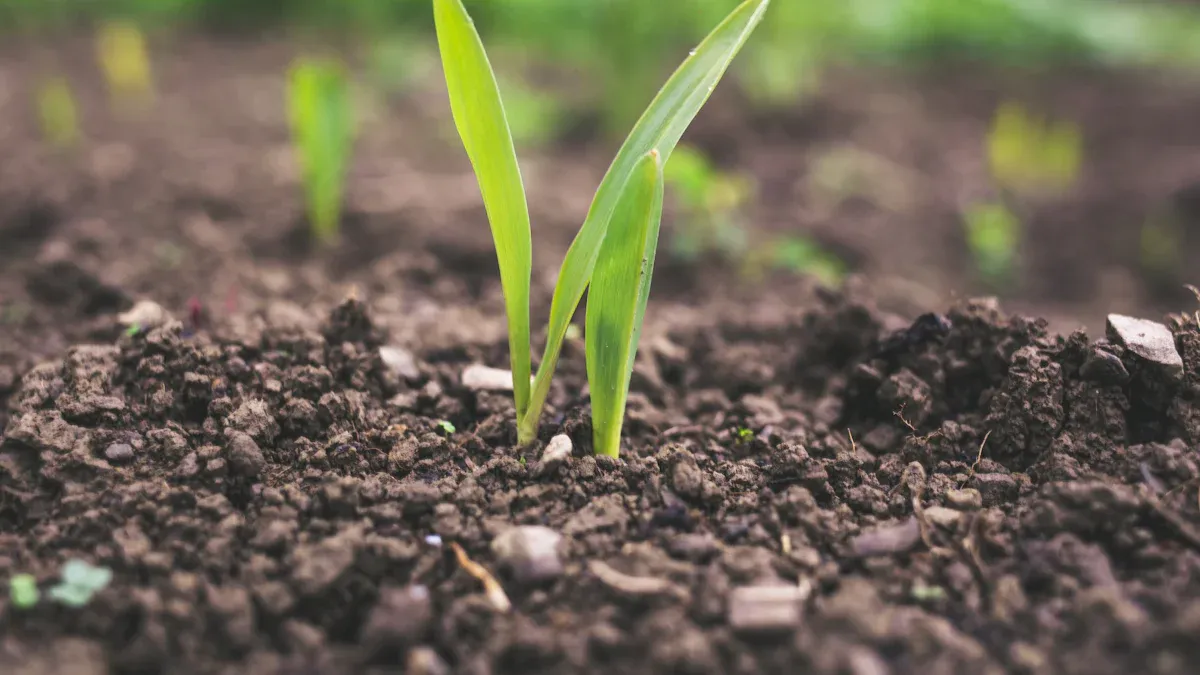
Better Soil Structure and Fertility
Using humic acid makes soil stronger and more fertile. It helps soil particles stick together, improving stability. This makes soil better at holding water and nutrients. Plants grow healthier with stronger roots and more oxygen.
Humic substances also clean soil by trapping harmful metals and pollutants. This process reduces contamination and makes soil safer for plants. Humic acid also helps plants use phosphorus, an important nutrient for growth.
Tip: Adding humic acid often can turn poor soil into rich soil.
Improved Nutrient Absorption and Crop Growth
Humic acid helps plants absorb nutrients like nitrogen and phosphorus. This leads to healthier plants and bigger harvests. It moves nutrients into roots, giving plants what they need to grow.
Studies show using humic acid increases crop yield. For example:
| Treatment Concentration | Nutrient Uptake | Dry Weight | Yield Improvement |
|---|---|---|---|
| 0% | Baseline | Baseline | Baseline |
| 0.1% | Increased | Increased | Increased |
| 0.2% | Highest Uptake | Highest | Highest |
Spraying humic substances on leaves can boost grain yield by 25.19% and biological yield by 19.23%. This shows how important humic acid is for better farming results.
Note: Use humic acid early in the season for the best results.
Stronger Plants Against Stress and Pollution
Humic substances help plants handle stress from drought and salty soil. They improve water use and protect plants from damage. Humic acid also helps plants adapt to salty conditions by balancing ions.
Besides stress relief, humic acid cleans water and soil by removing harmful metals. This improves soil quality and keeps crops safe from toxins.
- Humic substances make soil stronger, stopping erosion and nutrient loss.
- They help plants get nutrients, even in tough conditions.
- They trap harmful metals, protecting crops from pollution.
Using humic acid in farming protects soil and crops while improving harvests and quality.
Pricing and Quality Standards for Humic Acid and Humate Products
Factors That Affect Product Prices
The cost of humic acid and humate products depends on many things. Knowing these can help you pick the best product for your farm.
- Raw Material Costs: Materials like leonardite and hydroxides cost different amounts. This changes the price of the final product.
- Humic Acid Content: Products with more humic acid work better but cost more.
- Transportation Costs: Shipping fees, especially for imports, can raise the price.
The global market for humic acid fertilizers is growing fast. By 2024, it may reach USD 712.8 million. By 2033, it could grow to USD 1,410.2 million. This shows how more farmers want eco-friendly solutions.
| Metric | Value |
|---|---|
| Market Size in 2024 | USD 712.8 Million |
| Market Forecast in 2033 | USD 1,410.2 Million |
| Market Growth Rate (2025-2033) | 7.9% |
Tip: Choose products with new formulas that give good results and save money.
How to Check Product Quality and Avoid Fakes
Good-quality products help crops grow better. Here’s how to check if a product is high quality:
- Read the Label: Look for details like humic acid levels and how to use it.
- Buy from Reliable Sellers: Trusted sellers follow strict rules for quality.
- Test It First: Try the product on a small part of your farm to see results.
Fake products can hurt your soil and plants. Always make sure the product is real before buying.
Note: High-quality products not only improve soil but also clean industrial wastewater by removing harmful substances.
Why Testing and Following Rules Is Important
Rules make sure humic acid products are safe and effective. Following these rules helps farmers and protects the environment.
- Customs checks for products like potassium humate ensure they meet regulations. Planning ahead can avoid delays and extra costs.
- Rules also help reduce pollution. Humic substances lower heavy metal toxicity, making soil and water cleaner.
Sometimes, rules don’t keep up with new science. This can make it hard to manage risks to health and the environment. Staying updated on rules helps you pick safe and high-quality products.
Tip: Always check if the product meets local and global rules to ensure it’s trustworthy.
Picking the right humic acid and humate products helps your farm. These products make soil stronger, help plants absorb nutrients, and fight stress. Choosing good quality, affordable, and compatible products gives the best results.
Long-Term Benefits of Using Good Products
- Better soil holds 30% more water, saving on irrigation.
- Crops grow 20-40% more than with regular fertilizers.
- Soil microbes increase by 50%, making soil healthier.
- Plants use nitrogen 20% better, wasting less fertilizer.
Using humic acid products helps farming last longer. You keep soil healthy, grow better crops, and succeed for years to come.
FAQ
How should I use humic acid on crops?
Apply humic acid to the soil or mix with water. For quicker effects, spray it on leaves. Always follow the label’s instructions to avoid using too much.
Can humic acid help soil in dry places?
Yes! Humic acid helps soil hold water, great for dry areas. It improves soil and reduces how much water you need. Potassium humate works even better in very dry conditions.
Is it okay to use humic acid with fertilizers?
Yes! Humic acid makes fertilizers work better by unlocking nutrients. It cuts waste and helps plants absorb nutrients. Test products together first to make sure they mix well.
How often should I add humic acid to my farm?
Use humic acid when planting and during important growth times. Regular use makes soil healthier and crops grow better. Check your soil and crops to decide the best schedule.
Does humic acid work for all crops?
Yes, humic acid helps most crops like fruits, grains, and veggies. It improves roots, nutrient intake, and stress resistance. Change how you apply it based on the crop for the best results.


